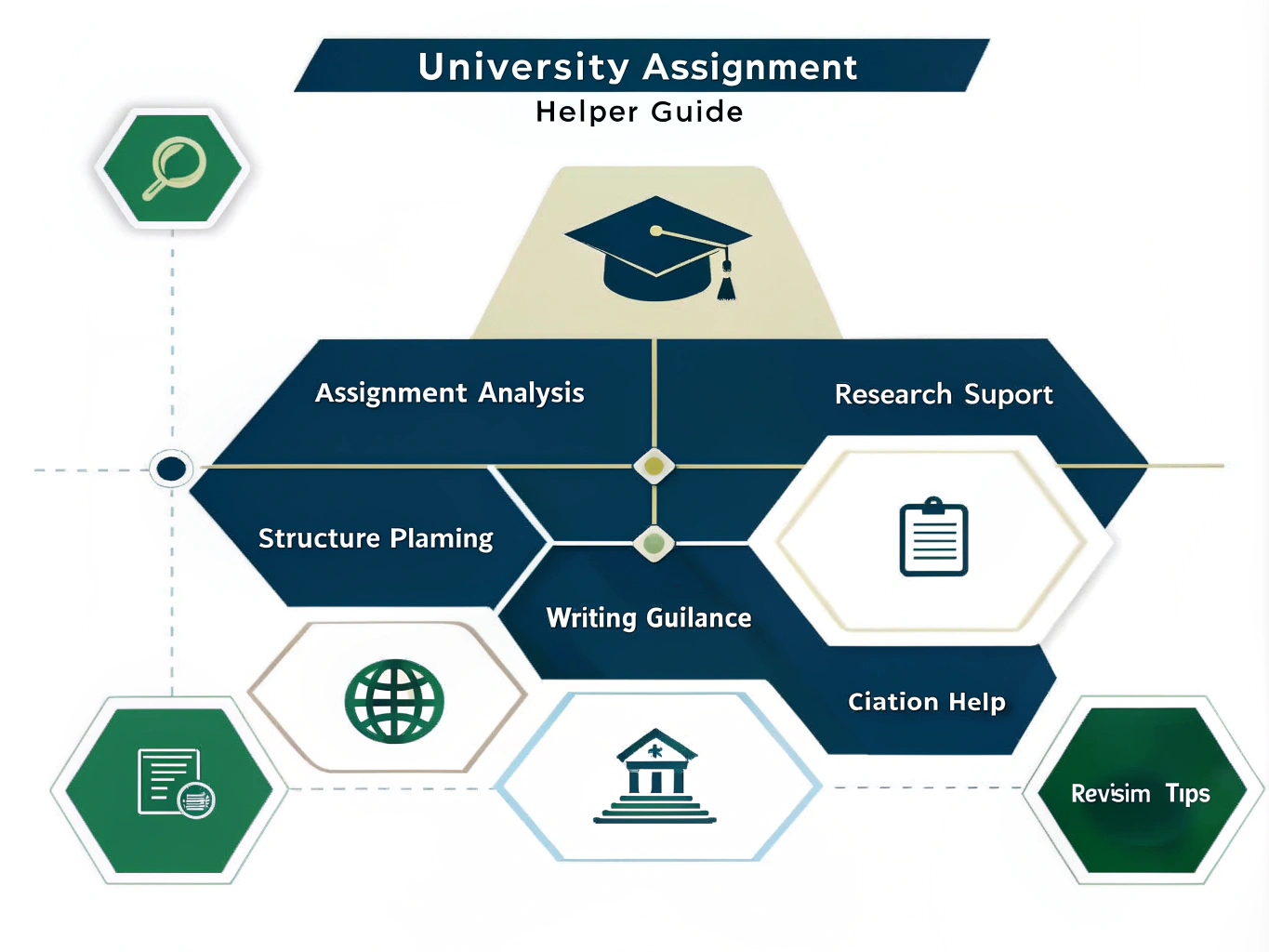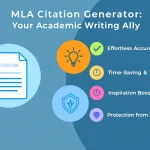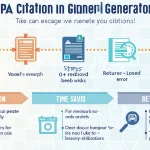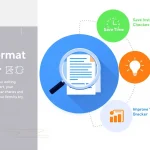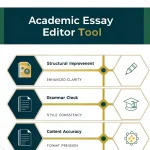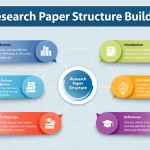University Assignment Helper
Is this tool helpful?
How to Use the University Assignment Helper Effectively
To get precise and useful guidance, fill out each section of the form carefully. Here’s how you can provide the information:
- Type of university assignment: Enter the specific kind of assignment you need help with. Examples include “Literature critique” or “Business plan.”
- Subject or field of study: Specify the academic discipline related to your task, such as “Mechanical Engineering” or “Sociology.”
- Assignment instructions or prompt: Paste the full assignment requirements or prompt from your professor to ensure tailored advice.
- Required citation style (Optional): Select or enter the citation format your assignment requires, for example “Vancouver” or “Turabian.”
- Required word count or page length (Optional): Input the expected length if specified, like “1500” for word count or “8” for pages.
Once you complete these fields, click the “Get Assignment Help” button. The tool will analyze your input and provide detailed recommendations or guidance customized to your assignment needs.
Introducing the University Assignment Helper: Your Academic Support Partner
The University Assignment Helper is an online resource designed specifically for students aiming to improve their academic writing and research. It functions like a virtual academic mentor, guiding you through various stages of your assignments—from interpreting instructions to refining your final draft.
Purpose and Advantages
This tool’s main goal is to boost your academic skills and confidence. By walking you through each step, it helps you:
- Understand assignment requirements clearly
- Develop effective research skills and select credible sources
- Organize and structure your ideas logically
- Enhance your academic writing style and tone
- Use citation styles correctly and consistently
- Revise and proofread your work thoroughly
Practical Uses of the University Assignment Helper
This tool supports many common academic tasks, making it useful across different study areas. Here are some practical ways to apply it:
1. Decoding Complex Assignment Instructions
If you find assignment guidelines confusing, the tool breaks them down into manageable parts. For instance, if you have a philosophy essay on ethical theories, it might suggest:
- Identify key ethical theories to discuss (e.g., utilitarianism, deontology)
- Analyze strengths and weaknesses of each theory
- Outline essay sections clearly, focusing on comparison and critique
- Conclude with your informed perspective on ethical decision-making
2. Crafting Effective Research Strategies
The tool guides you to reliable sources suitable for your topic and assignment type. As an example, for a history paper on the Renaissance, it could recommend:
- Using academic databases like JSTOR and Project MUSE
- Exploring primary sources such as letters and artworks
- Focusing on recent historical analyses and scholarly books
- Cross-referencing multiple sources to verify facts
3. Structuring and Organizing Your Assignment
Clear organization is key to effective writing. For example, an economics case study might follow this structure:
- Introduction: Present the case background and main issue.
- Analysis: Apply economic theories and frameworks.
- Findings: Discuss results and evidence.
- Recommendations: Suggest solutions based on analysis.
- Conclusion: Summarize insights and implications.
4. Enhancing Academic Writing Skills
The tool offers tips for maintaining a professional tone, such as:
- Use formal language and avoid slang
- Write in the third person to stay objective
- Connect ideas smoothly with transitional phrases
- Address counterarguments to strengthen your position
5. Proper Citation and Referencing Help
Depending on your assignment’s citation style, you’ll get guidance on correct formatting. For example, a Chicago-style history paper might include:
- Footnotes or endnotes for in-text citations
- Formatting book and article references consistently
- Alphabetizing bibliography entries by author last name
- Including access dates for online resources
6. Effective Revision and Proofreading Techniques
The helper suggests revision methods, including:
- Reading your work aloud to catch errors
- Using grammar and spell-check tools carefully
- Creating checklists targeting common mistakes
- Taking breaks to review your work with fresh eyes
Examples of Practical Application
1. Managing a Nursing Research Paper
If you’re preparing a 3000-word paper on patient care innovations, the tool will help by:
- Framing clear research questions related to nursing practices
- Guiding you to databases like CINAHL and PubMed
- Outlining sections such as Introduction, Literature Review, and Findings
- Advising on APA citation for medical sources
2. Developing a Marketing Campaign Strategy Paper
For a business student writing on digital marketing trends, the tool advises on:
- Defining target audience and campaign goals
- Researching recent industry case studies
- Structuring the paper logically with clear headings
- Using Harvard citation for business sources
3. Composing a Sociology Literature Review
If your task involves reviewing studies on urban poverty, the tool can assist you with:
- Setting boundaries for the review’s time frame and scope
- Organizing findings by themes or chronological order
- Evaluating methodologies and conclusions critically
- Following MLA citation format for your references
4. Analyzing a Business Case Study
For a business management assignment focused on a company’s market entry strategy, the tool supports you by:
- Identifying key business challenges and opportunities
- Applying relevant frameworks such as SWOT or PESTEL
- Organizing your analysis with clear problem statements and solutions
- Guiding proper citation and professional formatting
Frequently Asked Questions (FAQ)
1. Can this tool complete my assignments for me?
No, this tool is meant to provide guidance and help you build your own academic skills. You must write your assignments independently.
2. When should I use the University Assignment Helper?
You should use the tool throughout your assignment journey—from planning and researching to drafting and revising. This ongoing use helps keep your work on track and improves quality.
Important Disclaimer
The calculations, results, and content provided by our tools are not guaranteed to be accurate, complete, or reliable. Users are responsible for verifying and interpreting the results. Our content and tools may contain errors, biases, or inconsistencies. Do not enter personal data, sensitive information, or personally identifiable information in our web forms or tools. Such data entry violates our terms of service and may result in unauthorized disclosure to third parties. We reserve the right to save inputs and outputs from our tools for the purposes of error debugging, bias identification, and performance improvement. External companies providing AI models used in our tools may also save and process data in accordance with their own policies. By using our tools, you consent to this data collection and processing. We reserve the right to limit the usage of our tools based on current usability factors.
